Growth of the Tourism Sector
The Marine Passenger Seat Market is significantly influenced by the growth of the tourism sector, particularly in coastal regions. As travel and tourism continue to expand, there is a corresponding increase in demand for marine transportation services, including ferries and cruise ships. Recent statistics indicate that the global cruise industry alone has seen a resurgence, with passenger numbers projected to reach over 30 million by 2026. This growth necessitates the provision of comfortable and stylish seating options for passengers, prompting manufacturers to innovate and diversify their product offerings. Additionally, the rise of eco-tourism and sustainable travel practices encourages the development of environmentally friendly seating solutions. Consequently, the Marine Passenger Seat Market must remain agile to capitalize on these trends and cater to the evolving needs of the tourism sector.
Increasing Focus on Sustainability
The increasing focus on sustainability is reshaping the Marine Passenger Seat Market. As environmental concerns gain prominence, manufacturers are compelled to adopt sustainable practices in their production processes. This includes utilizing eco-friendly materials and implementing energy-efficient manufacturing techniques. Recent studies indicate that consumers are more inclined to choose products that align with their values, including sustainability. Consequently, the demand for marine passenger seats made from recycled or biodegradable materials is on the rise. This shift not only addresses environmental concerns but also enhances brand reputation among eco-conscious consumers. As the Marine Passenger Seat Market evolves, companies that prioritize sustainability are likely to gain a competitive edge, appealing to a growing segment of environmentally aware customers.
Rising Demand for Recreational Boating
The Marine Passenger Seat Market experiences a notable surge in demand for recreational boating activities. As leisure boating becomes increasingly popular, the need for comfortable and durable passenger seating solutions rises. According to recent data, the recreational boating sector has shown a steady growth rate of approximately 5% annually, indicating a robust market potential. This trend is driven by a growing interest in outdoor activities and water sports, leading manufacturers to innovate and enhance their seating designs. The Marine Passenger Seat Market must adapt to these evolving consumer preferences, focusing on ergonomics and aesthetics to attract a broader audience. Furthermore, the increasing availability of financing options for boat purchases may further stimulate market growth, as more individuals seek to invest in recreational boating experiences.
Technological Advancements in Seat Design
Technological advancements play a pivotal role in shaping the Marine Passenger Seat Market. Innovations in materials and manufacturing processes have led to the development of lightweight, yet durable seating options that enhance passenger comfort and safety. For instance, the integration of advanced cushioning materials and ergonomic designs has become a focal point for manufacturers. Data suggests that the adoption of smart technologies, such as adjustable seating and built-in safety features, is on the rise, appealing to a tech-savvy consumer base. This trend not only improves the overall passenger experience but also aligns with the industry's shift towards sustainability, as manufacturers seek eco-friendly materials. As these technologies continue to evolve, the Marine Passenger Seat Market is likely to witness increased competition among manufacturers striving to offer cutting-edge solutions.
Regulatory Compliance and Safety Standards
Regulatory compliance and safety standards are critical drivers in the Marine Passenger Seat Market. Governments and maritime authorities worldwide impose stringent regulations to ensure passenger safety and comfort on marine vessels. Compliance with these regulations often necessitates the adoption of advanced seating designs that meet specific safety criteria, such as stability and durability. Manufacturers are increasingly investing in research and development to create seats that not only comply with safety standards but also enhance the overall passenger experience. Data indicates that the market for safety-compliant marine seating is expected to grow, as operators prioritize passenger safety in their operations. This focus on regulatory compliance presents both challenges and opportunities for the Marine Passenger Seat Market, as companies must balance innovation with adherence to safety requirements.


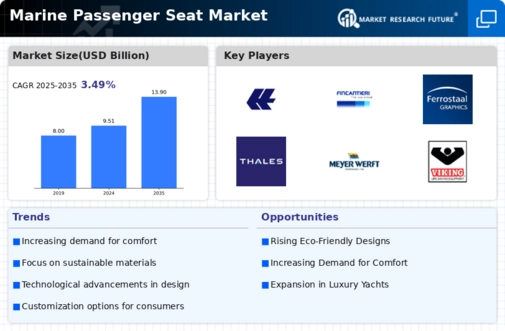

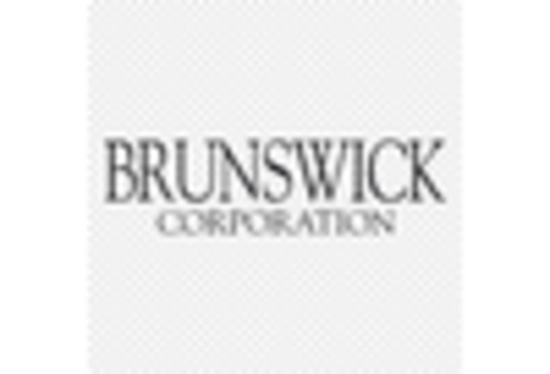

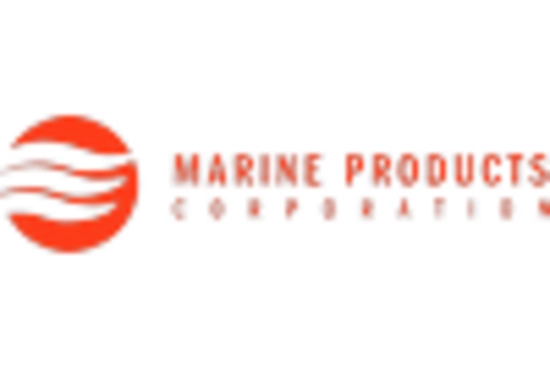
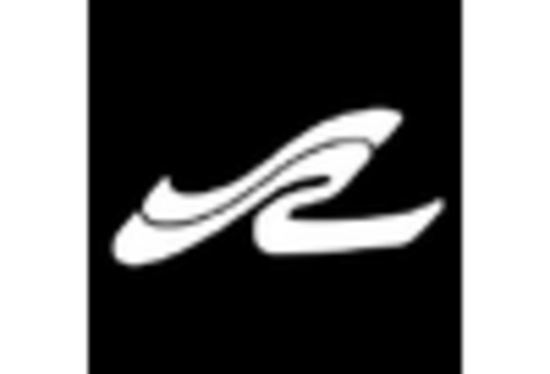

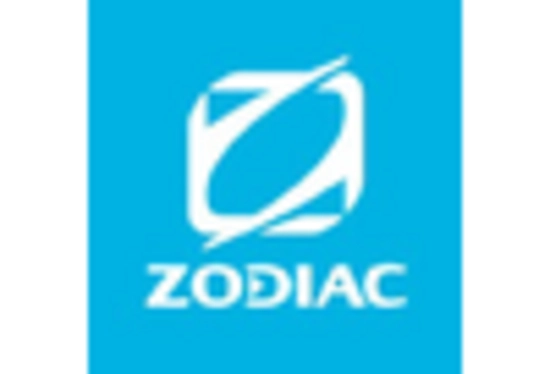








Leave a Comment